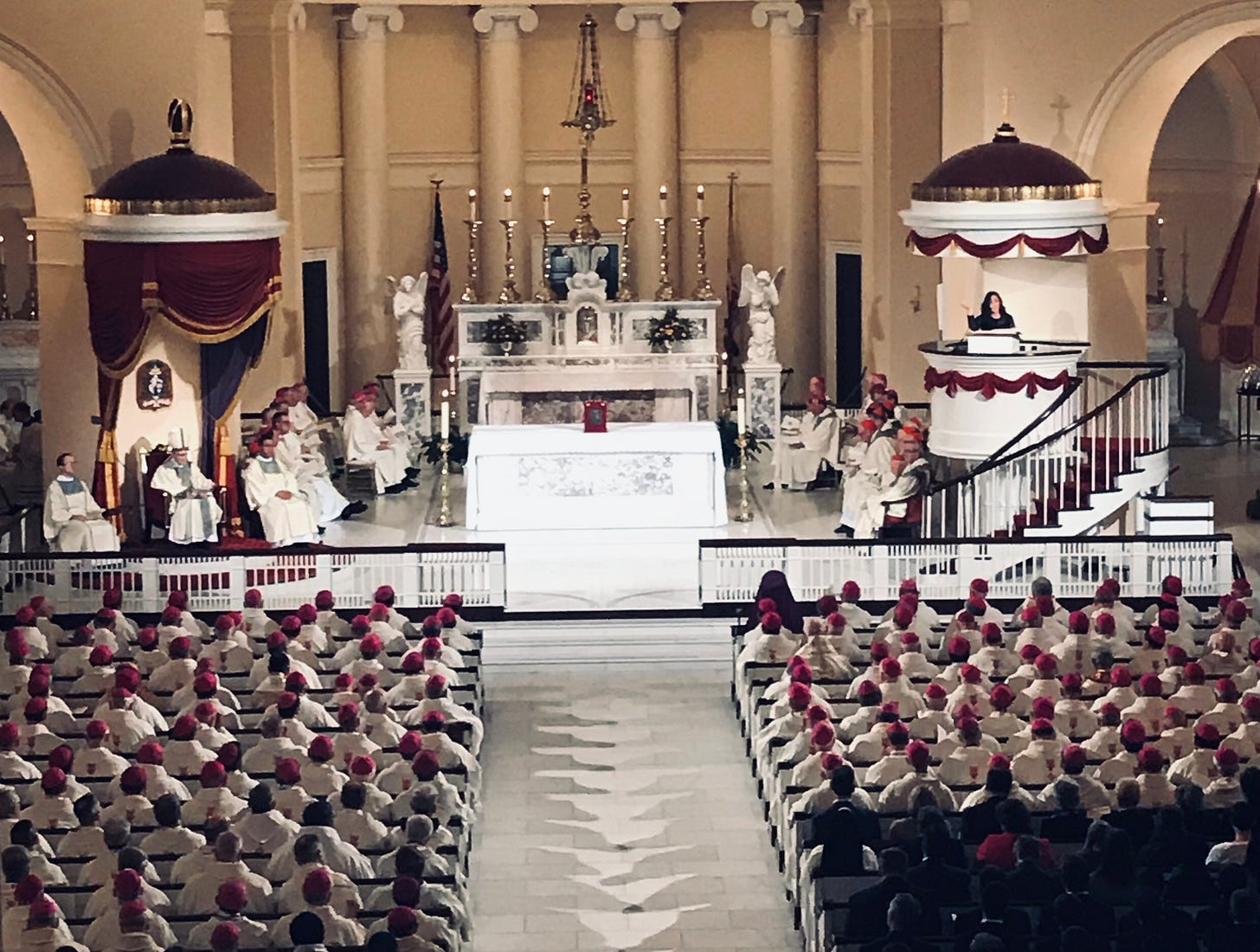America’s aging bishops
U.S. diocesan bishops are older than they've been in a while - and an appointment cycle explains why.
When the Chicago-born Bishop Robert Prevost was appointed in January head of the Vatican’s Dicastery for Bishops, he inherited a big task: finding new bishops for his native country, as a growing glut of U.S. diocesan bishops reach or exceed retirement age.

